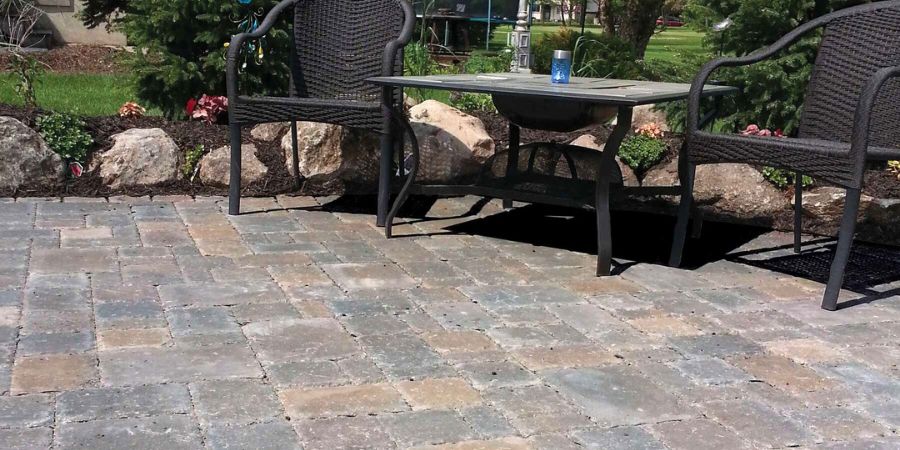Getting started on a home project with blocks, pavers, or stones around your yard involves a few key steps to consider before you start, to ensure a successful and aesthetically pleasing outcome:
Plan and Design
This is the initial stage where you envision what you want to create. Consider the purpose of your project (e.g., patio for outdoor dining, walkway for garden access, retaining wall for landscaping), the size of the area you have, the budget you have, and any specific features you want to incorporate. Sketch out your ideas or even use design software to visualize the layout and pattern of the blocks or stones.
Site Preparation
Once you have a plan, prepare the area where the project will be installed. This typically involves clearing the site of existing vegetation, debris, or old materials. Ensure the ground is level, dry, and compacted to provide a stable foundation for your blocks or stones. If necessary, grade the area to ensure proper drainage away from structures.
Material Selection
Choose the type of blocks, pavers, or stones that best fit your project and personal style. Consider factors such as the material’s durability (especially important for outdoor use), color options, texture, and the overall aesthetic you want to achieve. Different materials may have specific installation requirements, so factor this into your decision-making process. At Applewood Nursery & Landscape Supply, we work closely with premium block dealers to offer a wide range of high-quality materials that cater to various landscaping needs.
One popular material for pavers and blocks is concrete, known for its versatility and durability. Concrete pavers come in a variety of colors, shapes, and sizes, making them ideal for creating custom patterns and designs. They are also relatively low-maintenance and can withstand heavy foot traffic and weather conditions.
Natural stone, such as granite, limestone, and slate, is another sought-after choice for its timeless beauty and durability. Natural stone pavers and blocks add a rustic charm and unique character to any outdoor space. Each piece of natural stone varies in color and texture, providing a truly distinctive look.
Base Preparation
Creating a solid and well-prepared base is crucial for the longevity and stability of your project. Typically, a base layer of crushed stone, gravel, or compacted sand is laid down to provide a stable foundation. The thickness and composition of the base layer will depend on the type of project and the specific requirements of the materials being used. If you are unsure of which kind you are looking for, consult our experts at Applewood Nursery & Landscape Supply who will happily give some aid in that direction.
Installation Techniques
Depending on the project, you may need to employ different installation techniques. For example, laying interlocking pavers involves fitting them together in a specific pattern and using edge restraints to keep them in place. Dry-laid stone projects may require carefully placing each stone and ensuring they are level and securely positioned. You can also hire a professional to assist you with the installation.
Jointing and Finishing
Once the blocks, pavers, or stones are in place, fill the joints between them with jointing sand or polymeric sand. This helps to stabilize the surface and prevent weeds from growing between the stones. After filling the joints, compact the surface to ensure a secure fit and clean off any excess material from the surface of the blocks or stones.
Sealing (optional)
Depending on the type of material used and your preferences, you may choose to apply a sealer to enhance the appearance of the blocks or stones, protect them from stains, and improve their longevity. Follow manufacturer recommendations for application and maintenance of sealers.
Maintenance
Regular maintenance is essential to keep your project looking its best and functioning properly. This may include sweeping or hosing off debris, occasional reapplication of jointing sand, and inspecting for any damage or settling that may require repairs.
By following these steps and taking the time to plan and prepare properly, you can ensure a successful project with blocks, pavers, or stones that enhances your outdoor space and meets your functional needs. If you’re unsure about any step or need assistance, consider consulting our experts at Applewood Nursery & Garden Supply for advice and guidance.

